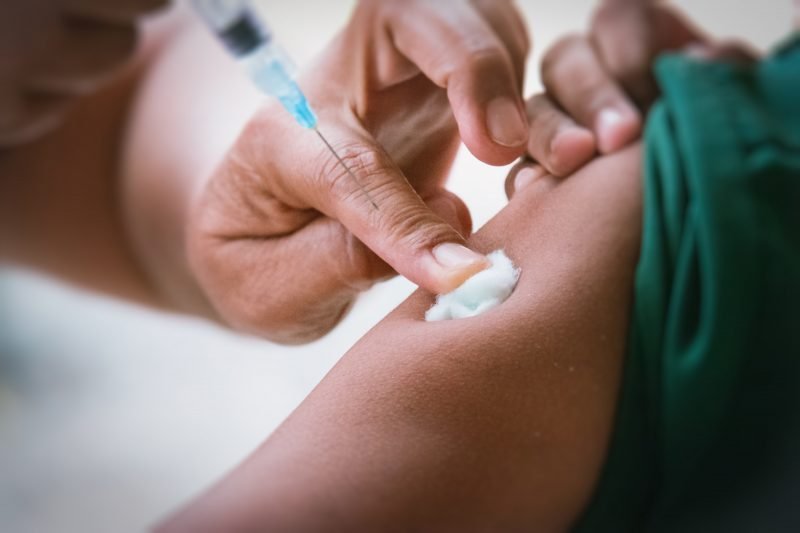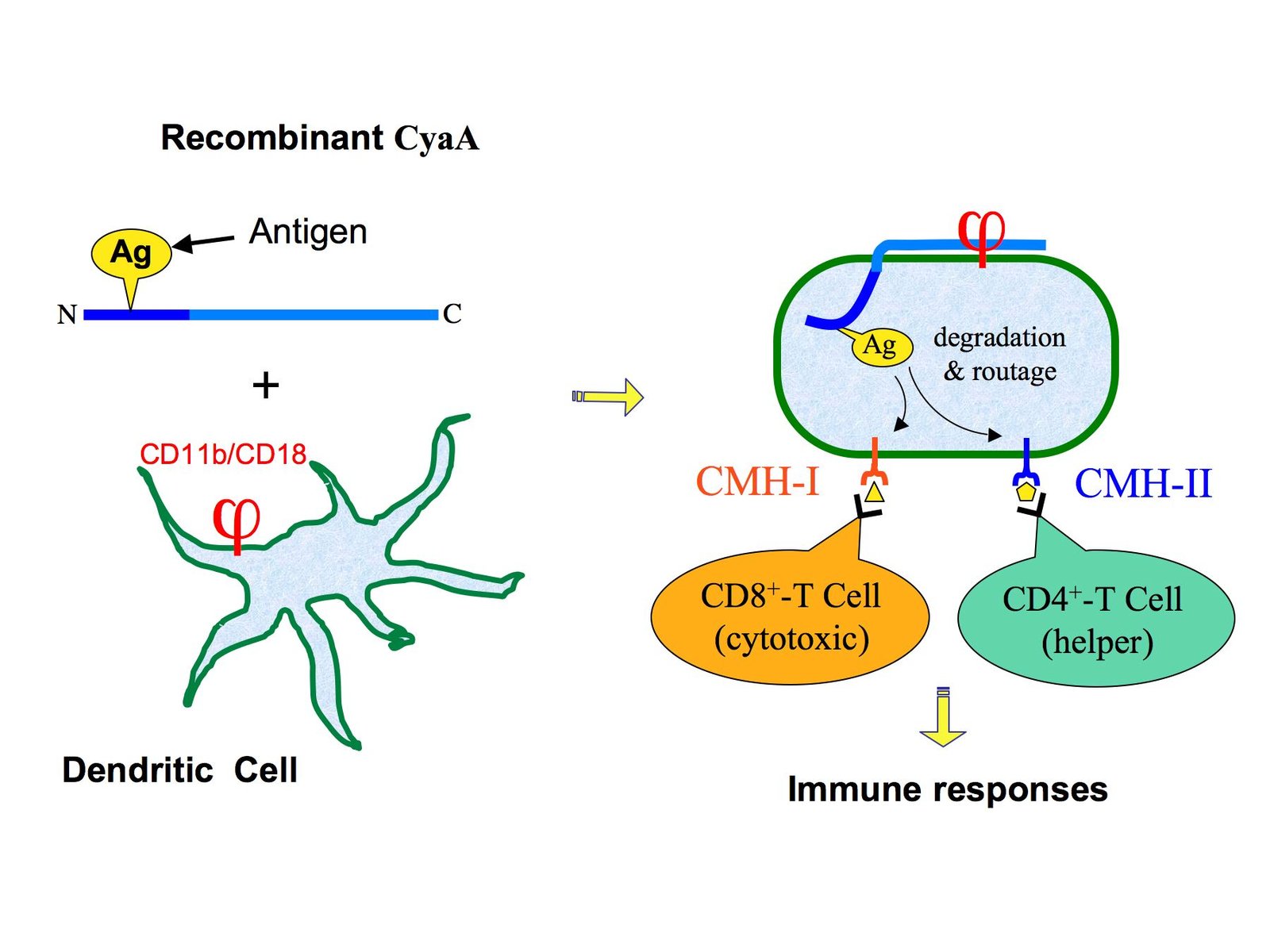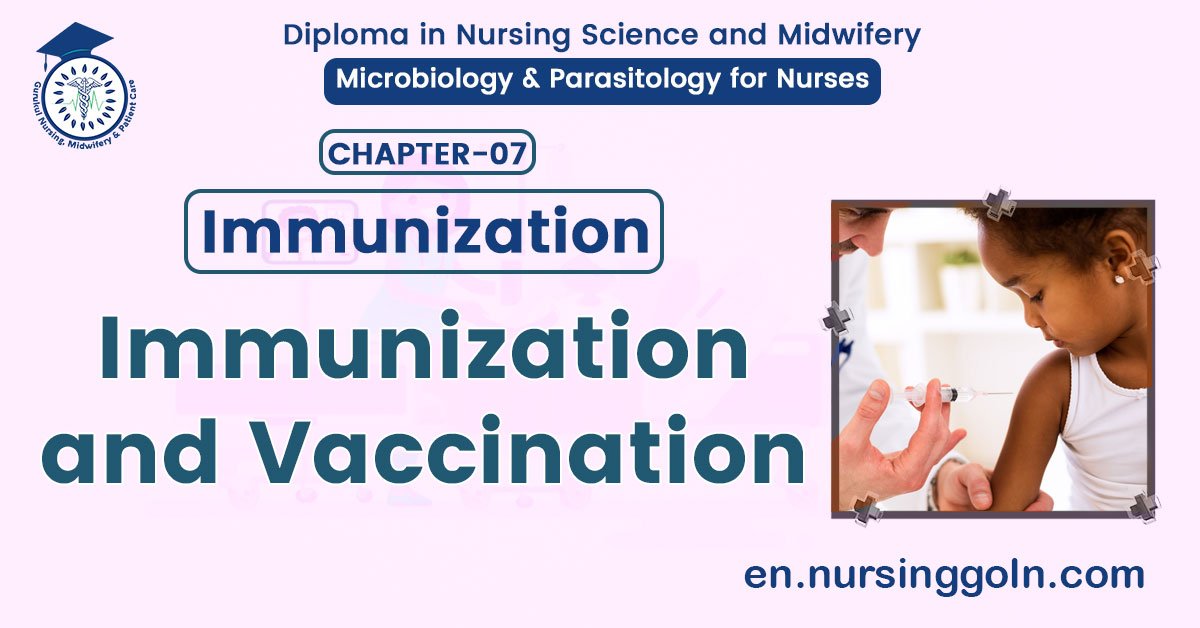Immunization and Vaccination – Basic microbiology, parasitology, and immunology; nature, reproduction, growth, and transmission of common microorganisms and parasites in Bangladesh; prevention including universal precaution and immunization, control, sterilization, and disinfection; and specimen collections and examination. Students will have an understanding of common organisms and parasites caused human diseases and acquire knowledge about the prevention and control of those organisms.
Immunization and Vaccination
Definition of Immunization
According to WHO
Immunization is the process whereby a person is made immune or resistant to an infectious disease, typically by the administration of a vaccine. Vaccines stimulate the body’s own immune system to protect the person against subsequent infection or disease.
Vaccination:
Injection of a killed microbe in order to stimulate the immune system against the microbe, thereby preventing disease. Vaccinations, or immunizations, work by stimulating the immune system, the natural disease-fighting system of the body.

Definition of Vaccine
According to WHO
A vaccine is a biological preparation that improves immunity to a particular disease. A vaccine typically contains an agent that resembles a disease-causing microorganism, and is often made from weakened or killed forms of the microbe, its toxins or one of its surface proteins.
Or
Any biological products prepared from microorganism that is useful in the prevention and treatment of disease is called vaccine.
Or
Vaccines are immuno-biological substances which are introduced to the body of a person or other animals to produce immunity against a specific disease.
Classification of Vaccine
Live attenuated vaccine
Bacterial:
- BCG vaccine (for tuberculosis).
- Typhoid oral.
- Plague.
Viral:
- Oral polio vaccine.
- Yellow fever
- Rubella
- Mumps
- Influenza
Rickettsial:
- Epidemic Typhus
Inactivated or killed vaccine
Bacterial:
- Pertussis vaccine (for whooping cough).
- Cholera vaccine.
- Typhoid vaccine.
- Plague vaccine.
Viral:
- Salk vaccine (Polio).
- Rabies
- Influenza.
- Hepatitis B
Toxoids
Bacterial:
- Tetanus toxoid – Tetanus.
- Diphtheria toxoid – Diphtheria
Extracted cellular fractions
Meningococal vaccine.
Pneumococcal vaccine.
Combination
- DPT-Diphtheria, Pertussis, Tetanus.
- MMR-Measles, Mumps, Rubella.
- DT.
- DP.
- DPT with typhoid vaccine.
- DPTP (DPT + inactivated polio).
Recombinant vaccine
More recent preparations are subunit vaccine and recombinant vaccine, e.g. recombinar hepatitis-B vaccine.

Hazards of Immunization
A. Reaction inherent to inoculation
It may be
- Local reactions
- General reactions.
a) Local Reaction:
- Pain
- Swelling
- Tenderness
- Small nodules.
- Sterile abscess.
b) General reaction:
- Fever.
- Anorexia
- Malaise
- Headache
B. Reaction due to faulty techniques
a) No immunity (inadequate inactivation’s of microbe).
b) Hepatitis – B
c) Strepto and staphylococcal
d) Local abscess
C. Reaction due to hypersensivity
a) Anaphylactic shock:
- Bronchospasm
- Dysponea
- Pallor
- Hypotension
- Collapse
b) Serum sickness:
- Fever
- Rash
- Oedema
Difference between Live Vaccine and Killed Vaccine
| Traits | Live attenuated vaccines | Killed vaccine |
| 1. Preparation | Attenuation | Inactivation |
| 2. Administration | May be oral route | Injection |
| 3. Dose | Single | Multiple |
| 4. Adjuvant | Not required | Usually required |
| 5. Safety | May revert to virulence | Pain from injection |
| 6. Cost | Low | High |
| 7. Duration of immunity | Long | Short |
| 8. Immune response | IgG, IgA; cell mediated | Mainly IgG: little or not cell- mediated |
| 9. Booster needed | Infrequently | Frequently |
| 10. Revaccination | Possible | None |
| 11. Latency | Possible | None |
Properties of a Good Candidate Vaccine
- The organism should be a significant pathogen.
- It should exist in one serotype.
- Should have powerful immunogenic property & the antibody should be able to block infection & stop systemic spread.
- It should not have oncogenic property.
- The vaccine should be heat stable.
Advantages of Live Vaccine
Live vaccines are more potent than killed vaccines, because:
- Live organisms multiply in the host and the resulting antigenic dose is larger than what is injected.
- Live vaccines have all major and minor antigenic components.
- Live vaccines engage certain tissues of the body.
- There may be other mechanisms such as the persistence of latent virus.
Single dose is adequate.
No need of adjuvant.
Duration of immunity is longer
Greater effectiveness of protection
Both cell mediated and antibody mediated immunities are produced

Disadvantages of Live Vaccine
- Reversion to virulence is possible.
- Excretion of vaccine virus and transmission to to non-immune contacts is possible.
- Interference by other viruses in host is possible
Read More….
